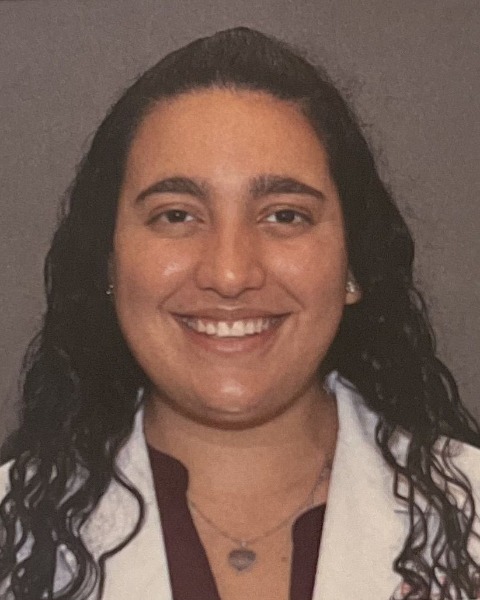Adult Diagnostic (AD)
PP1612 - Normative Values for Repeat-Recall Test (RRT) in Young Native English Speakers

Giana Therese Hatem, BA (she/her/hers)
Graduate Student Doctor of Audiology
University of the Pacific
San Francisco, CaliforniaFinancial Disclosures: I do not have any relevant financial relationships with anything to disclose.
Non-Financial Disclosures: I do not have any relevant non-financial relationships with anything to disclose..jpg)

Celia Zhang, AuD, PhD (she/her/hers)
Assistant Professor
University of the Pacific
University of the PacificFinancial Disclosures: I do not have any relevant financial relationships with anything to disclose.
Non-Financial Disclosures: I do not have any relevant non-financial relationships with anything to disclose.
Fadi Najem, AuD, PhD (he/him/his)
Assistant Professor
University of the Pacific, CaliforniaFinancial Disclosures: I do not have any relevant financial relationships with anything to disclose.
Non-Financial Disclosures: I do not have any relevant non-financial relationships with anything to disclose.
Lead Presenter(s)
Presenter(s)
The Repeat and Recall Test (RRT) is a speech-in-noise test that simultaneously evaluates the auditory working memory and listening effort of the patient. Currently RRT normative data is only available in older native English speakers. The purpose of this study is to provide RRT normative data for young adults. Results will show the norms of RRT in young adults and will demonstrate the effects of context and SNR on the repeat and recall tasks, listening effort, and maximum tolerable time. Overall, the RRT is a fast and efficient tool for clinicians to evaluate the auditory working memory and listening effort.
Summary:
Purpose: The Repeat and Recall Test (RRT) is a speech-in-noise test that simultaneously evaluates the auditory working memory and listening effort of the patient. The RRT measures the patient’s performance in five different aspects: repeat, recall, context use, listening effort, and tolerable time. The RRT was originally developed in the Office of Research in Clinical Amplification (ORCA – WS Audiology). Currently RRT normative data is only available in native English speakers 55 years and older. The purpose of the present study is to provide RRT normative data for native English young adult speakers.
Methods: 30 normal hearing participants (15 males, 15 females) completed the RRT. The test starts by the repeat task where high and low context sentences are present in quiet and in different signal to noise ratios (-5, 0, 5, 10, and 15 dB). After each group of sentences at a specific SNR is repeated, the participant is asked to recall as many words as possible. At the end of a specific SNR the participant’s perspective regarding listening effort and maximum tolerable time is collected. Participant results were obtained and analyzed in means and standard deviation.
Results: Results will show the normative values of RRT in native English-speaking young adults and will demonstrate the effects of context and SNR on the repeat and recall tasks, listening effort, and maximum tolerable time.
Conclusion: The RRT is a fast and efficient tool for clinicians to evaluate the auditory working memory and listening efforts during a speech in noise test. However, more research is needed to obtain normative data in different age groups and in those with different degrees and types of hearing loss. The present study provides valuable normative data for the native English-speaking young adult group.
Learning Objectives:
- Describe the effects of context and signal-to-noise ratio on the repeat and recall tasks, listening effort, and maximum tolerable time in young native English speakers.
